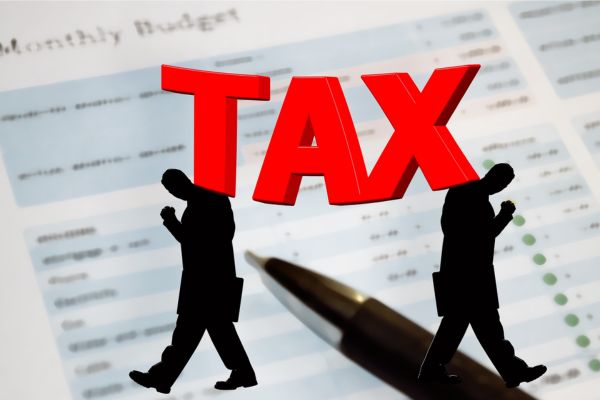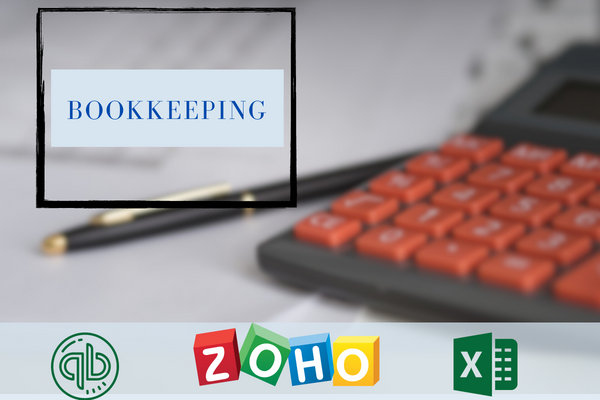E-commerce Chart of Accounts
Running a successful e-commerce business requires meticulous financial management. Having a clear understanding of your revenue, expenses, assets, and liabilities is essential for making informed business decisions. A well-designed chart of accounts serves as the foundation for organizing and categorizing financial transactions in a systematic manner.
What is a Chart of Accounts?
A chart of accounts is a structured list of all the financial accounts used by a business. It provides a standardized framework for categorizing and recording various types of transactions. Each account is assigned a unique code or number that helps in identifying and organizing the data effectively.
Importance of a Chart of Accounts in E-commerce
In the context of e-commerce, where numerous transactions take place daily, a chart of accounts plays a vital role. It enables you to track revenue sources, monitor expenses, manage inventory, and analyze the overall financial health of your business. By having a well-defined chart of accounts, you can gain valuable insights into your business’s performance and make data-driven decisions.
Creating an Ecommerce Chart of Accounts
Defining the Main Categories
When setting up your e-commerce chart of accounts, it is important to establish the main categories that will encompass your financial transactions. Some common categories include revenue, expenses, assets, and liabilities. Each category will have multiple subcategories to provide more detailed information.
Subcategories and Account Codes
Revenue Accounts
Revenue accounts capture the income generated from sales or services. Common revenue subcategories for e-commerce businesses may include:
Product Sales
Service Sales
Shipping Revenue
Discounts and Coupons
Expense Accounts
Expense accounts record the costs incurred in running your e-commerce business. Examples of expense subcategories are:
Advertising and Marketing
Inventory Costs
Shipping and Fulfillment
Website Maintenance
Asset Accounts
Asset accounts represent the resources owned by your e-commerce business. Common asset subcategories may include:
Cash and Bank Accounts
Inventory Assets
Accounts Receivable
Fixed Assets (e.g., equipment, vehicles)
Liability Accounts
Liability accounts track the debts and obligations of your e-commerce business. Some liability subcategories are:
Accounts Payable
Loans and Credit Lines
Sales Tax Payable
Refunds and Returns
Organizing the Chart of Accounts
To ensure clarity and ease of use, it is essential to organize your chart of accounts in a logical manner. Consider using a numbering system that follows a hierarchical structure, such as the four-digit account code. This structure allows for expansion and simplifies the identification of accounts.
Best Practices for Managing Your Chart of Accounts
To maximize the effectiveness of your e-commerce chart of accounts, follow these best practices:
Consistency and Standardization
Maintain consistency in naming conventions and account codes across all categories and subcategories. This consistency enhances clarity and simplifies data analysis.
Flexibility for Growth and Expansion
Design your chart of accounts with future growth in mind. Incorporate accounts and subcategories that accommodate potential business expansions, product lines, or new revenue streams.
Regular Review and Adjustment
Periodically review your chart of accounts to ensure it remains aligned with your evolving business needs. Make necessary adjustments to reflect any changes in your operations, revenue streams, or financial goals.
Integrating Your Chart of Accounts with E-commerce Platforms
Integrating your chart of accounts with your e-commerce platforms can streamline your financial management processes. Consider the following integration points:
Syncing Sales Data
Automatically sync sales data from your e-commerce platform to the corresponding revenue accounts in your chart of accounts. This integration eliminates manual data entry and reduces the risk of errors.
Automating Expense Tracking
Integrate your expense tracking system with your chart of accounts. This automation ensures that expenses are accurately recorded and allocated to the appropriate expense accounts.
Streamlining Inventory Management
Connect your inventory management software to your chart of accounts to maintain accurate records of inventory costs, valuation, and adjustments.
Reporting and Analysis with Your Chart of Accounts
An effectively implemented chart of accounts enables you to generate insightful reports and perform meaningful analyses. Here are some key aspects to consider:
Generating Financial Statements
With a well-structured chart of accounts, you can easily generate financial statements, such as profit and loss statements, balance sheets, and cash flow statements. These statements provide an overview of your business’s financial performance.
Identifying Key Performance Indicators (KPIs)
By analyzing the data within your chart of accounts, you can identify key performance indicators (KPIs) specific to your e-commerce business. Examples include gross margin, average order value, customer acquisition cost, and inventory turnover rate.
Making Informed Business Decisions
With accurate financial data at your disposal, you can make informed business decisions that drive growth and profitability. The insights derived from your chart of accounts enable you to identify trends, evaluate strategies, and optimize your operations.
What is the purpose of a chart of accounts?
A chart of accounts serves as a structured framework for organizing and categorizing financial transactions within a business. It provides a clear overview of income, expenses, assets, and liabilities.
Can I customize my chart of accounts for my specific e-commerce business?
Yes, you can customize your chart of accounts to align with your unique business needs, revenue streams, and expense categories.
Why is it important to integrate my chart of accounts with my e-commerce platform?
Integration with your e-commerce platform ensures accurate and automated recording of financial data, reducing manual errors and saving time.
How often should I review and update my chart of accounts?
Regular reviews are recommended, especially when there are significant changes in your business operations, revenue sources, or financial goals.
Can I generate financial reports using my chart of accounts?
Yes, a properly structured chart of accounts allows you to generate financial statements, helping you assess your business’s financial health and performance.



